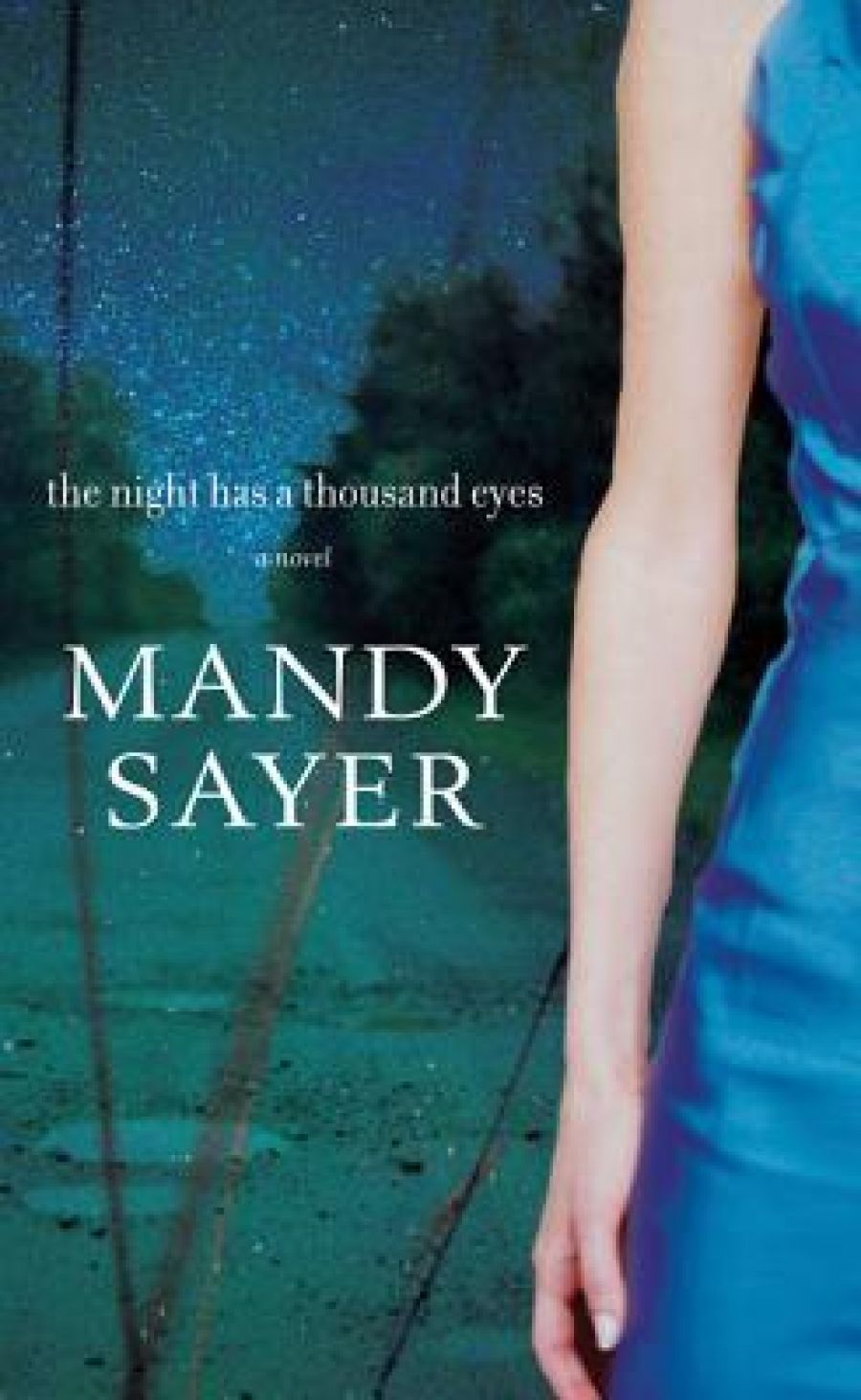
- Free Article: No
- Contents Category: Fiction
- Review Article: Yes
- Article Title: As I lay wondering why
- Online Only: No
- Custom Highlight Text:
This novella is crammed with incident. It includes domestic violence, a decomposing corpse, incest, child abuse, alcoholism, murder, attempted murder, an unnamed and oddly passive baby, guns and a hair-raising cross-country chase. Roy Stamp, a one-legged alcoholic in a car (he can drive), pursues his fourteen-year old daughter, Ruby, and his twelve-year-old son, Mark, because the boy has seen, through the window of a locked shed, the body of their mother. Realising that their father has killed her, the children flee in a van. Despite being bashed over the head (with his wooden leg), being shot in the eye with an air rifle, and being run off the road at high speed, like a cartoon character, Roy seems indestructible and keeps popping up, whatever the children do to get rid of him. Unable to drive, Mark’s contribution is to hold the uncomplaining baby, to shoplift food and disposable nappies, and to steal petrol.
- Book 1 Title: The Night Has a Thousand Eyes
- Book 1 Biblio: Fourth Estate, $29.95 hb, 139 pp
- Book 1 Readings Link: booktopia.kh4ffx.net/qnvxNb
By night, down back roads and logging tracks, Ruby drives the stinking van. In a country town, they pick up a fifteen-year-old street performer and con artist, Duke, who can share the driving. His main interest in life, apart from sex with Ruby, is, bizarrely, Swedish, which he has learned from Ingmar Bergman films on late-night television, as one does. Mark soon discovers that in his pocket Duke has a gun, a photograph of a woman called Honey, a false ID card and an invitation from the Swedish Embassy in Melbourne to meet the king and queen of Sweden.
Why has Mandy Sayer over-egged her plot so extravagantly in The Night Has a Thousand Eyes? It is a pity when she can write well and has no need of sensationalism. Her descriptive prose has a luminous clarity and immediacy. Landscape, houses, characters and country towns are vividly realised in this high-speed narrative. Most of the chapters begin with an italicised introduction, a short choral sequence of unidentified voices from the family’s home town, which offer apocryphal stories about how Roy Stamp lost his leg. This successfully establishes Roy as the apotheosis of masculine awfulness: violent, promiscuous, sexually predatory, abusive to women and children, alcoholic, ruthless. Yet women fall in love with him! Other than the choral sequences, the point of view of the narrative is Mark’s as he puzzles over what he has seen in the shed and watches the grimly taciturn Ruby. A naïve boy, he can’t understand what has happened. Why, for instance, was his mother’s body dressed in Ruby’s clothes? The reader anticipates the answer long before Mark grasps the terrible secret of his family.
There is little camaraderie between the brother and sister, but Mark craves Ruby’s approval, and tries to second-guess her decisions and to impress her with his competence. They head south for Sydney, where their heroin-addicted Aunt Candy (who used to be a man) now lives in King’s Cross. Once Duke joins them, Mark finds himself in competition for Ruby’s attention and approval. Duke’s sexual intimacy with Ruby gives him the upper hand; he also taunts Mark with his knowledge of what really happened to Roy’s leg. Mark does not know because in that year he was in foster care and returned to find that his mother has a new baby and that Roy has mysteriously lost his leg.
It took me a while to recognise that the choral sequences, the voices from the town and the scarifying happenings of the plot are a kind of hommage to William Faulkner’s work As I Lay Dying (1930). Although Sayer’s narrative is frenetic, unlike Faulkner’s, which is tortuously slow in its delays and detours, this literary allusion can be seen in the journey structure and the comic horror picaresque, with the decomposing corpse of the dead mother haunting the imagination of the narrator. Add to this the leg motif and the mad crossing of the flooded river when the baby is swept away by the waters (and implausibly rescued), and Faulkner’s influence seems clear. Where Faulkner’s great novel is a tragi-comedy in its evocation of the poverty, social deprivation and ignorance of the Mississippi dirt farmers whose lives it chronicles, I could not suspend my disbelief in Sayer’s novel and eventually wondered if I was misreading it. In seeking realism in all the excesses of The Night Has a Thousand Eyes, was I missing the point? Perhaps Sayer was aiming at the comic grotesque grafted onto a kind of postmodern rural gothic. Mark’s voice is certainly aggrieved, but in an arrested, adolescent way. Though definitely not laconic, it seems oddly deadpan. Is the intended audience of The Night Has a Thousand Eyes the ‘young adult’? In any case, the book left me unsatisfied, confused and unmoved.


Comments powered by CComment